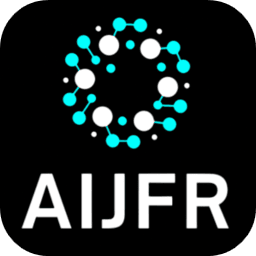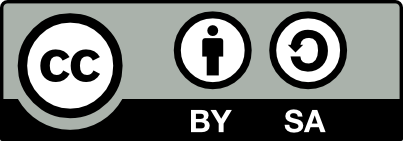
Advanced International Journal for Research
E-ISSN: 3048-7641
•
Impact Factor: 9.11
A Widely Indexed Open Access Peer Reviewed Multidisciplinary Bi-monthly Scholarly International Journal
Home
Research Paper
Submit Research Paper
Publication Guidelines
Publication Charges
Upload Documents
Track Status / Pay Fees / Download Publication Certi.
Editors & Reviewers
View All
Join as a Reviewer
Get Membership Certificate
Current Issue
Publication Archive
Conference
Publishing Conf. with AIJFR
Upcoming Conference(s) ↓
WSMCDD-2025
GSMCDD-2025
Conferences Published ↓
RBS:RH-COVID-19 (2023)
ICMRS'23
PIPRDA-2023
Contact Us
Plagiarism is checked by the leading plagiarism checker
Call for Paper
Volume 6 Issue 6
November-December 2025
Indexing Partners



















A Hybrid Model for Brain Tumor Detection and Classification by MRI Location
| Author(s) | Dr. Ram K, Shree D, Surbhi M |
|---|---|
| Country | India |
| Abstract | Brain tumors, which are abnormal cell growths that deviate from the typical brain tissue development, pose a serious and potentially life-threatening condition. Early detection and classification of these tumors are critical for providing the most effective treatment. Magnetic Resonance Imaging (MRI) is a widely used diagnostic tool for brain tumors due to its ability to produce high-resolution images of soft tissues. However, manual analysis of MRI images is time-consuming, subjective, and prone to human error. Machine learning algorithms, particularly deep learning models, have shown great potential in automating this task with high precision. The objective of the proposed method is to first detect the presence of a tumor and then classify it into one of three major types: meningioma, glioma, or pituitary tumor. The approach presented in this paper involves using ENet for segmentation. Afterward, feature extraction is performed using the Gray Level Co-occurrence Matrix (GLCM). For classification, the method employs an ensemble of pre-trained models, including ResNeXt-50, DenseNet-169, and Inception V3 for binary classification (benign vs. malignant) and ShuffleNet V2, DenseNet-169, and MnasNet for multi-class classification (glioma, meningioma, and pituitary). This hybrid algorithm will be assessed using a dataset of brain cancer images, with the goal of achieving improved accuracy in both tumor detection and classification by tumor type and location. |
| Field | Engineering |
| Published In | Volume 6, Issue 4, July-August 2025 |
| Published On | 2025-07-08 |
| DOI | https://doi.org/10.63363/aijfr.2025.v06i04.1055 |
| Short DOI | https://doi.org/g9zx7f |
Share this

E-ISSN 3048-7641
CrossRef DOI is assigned to each research paper published in our journal.
AIJFR DOI prefix is
10.63363/aijfr
All research papers published on this website are licensed under Creative Commons Attribution-ShareAlike 4.0 International License, and all rights belong to their respective authors/researchers.

